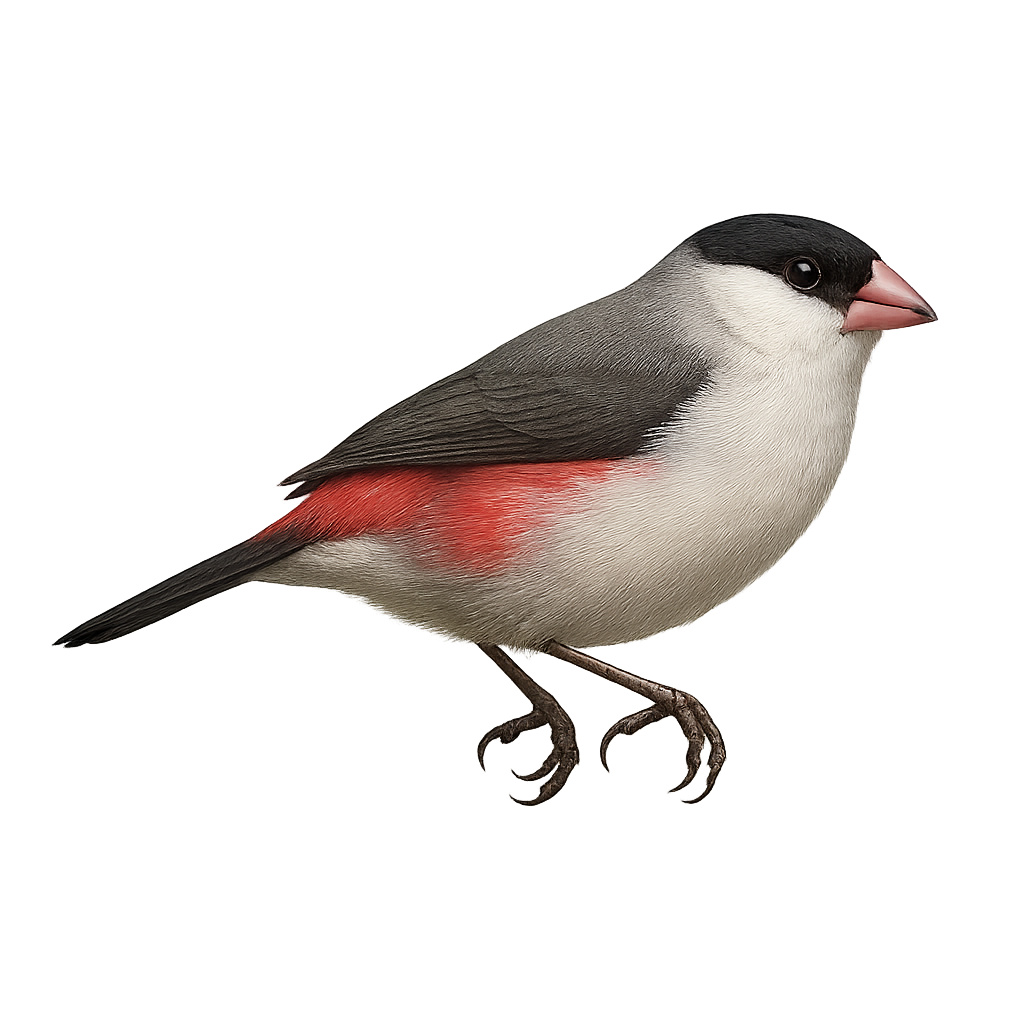Your wildlife photography guide.
Explore the black-crowned waxbill in detail, study its behavior, prepare your shots.
Where to observe and photograph the black-crowned waxbill in the wild
Learn where and when to spot the black-crowned waxbill in the wild, how to identify the species based on distinctive features, and what natural environments it inhabits. The WildlifePhotographer app offers tailored photography tips that reflect the black-crowned waxbill’s behavior, helping you capture better wildlife images. Explore the full species profile for key information including description, habitat, active periods, and approach techniques.
Black-crowned Waxbill
Scientific name: Estrilda nonnula

IUCN Status: Least Concern
Family: ESTRILDIDAE
Group: Birds
Sensitivity to human approach: Suspicious
Minimum approach distance: 5 m
Courtship display: September to December
Incubation: 11-13 jours
Hatchings: September to January
Habitat:
Savannas, open forests, wetlands
Activity period :
Primarily active during the day, with peak activity in the morning and late afternoon.
Identification and description:
The Black-crowned Waxbill is a small, exotic bird known for its delicate plumage and fascinating social behaviors. It features a black head contrasting with a grey-brown body and pinkish flanks. Native to Central Africa, this bird inhabits savannas, open forests, and wetlands. It primarily feeds on small seeds, supplemented by insects. Sociable by nature, it lives in groups and builds ball-shaped nests in bushes. Its breeding season varies by region but often coincides with the rainy season. Although not endangered, deforestation and capture for the bird trade can impact its populations.
Recommended lens:
400 mm – adjust based on distance, desired framing (portrait or habitat), and approach conditions.
Photography tips:
To photograph the Black-crowned Waxbill, opt for early morning hours when the light is soft. Use a telephoto lens of at least 400mm to capture details without disturbing the bird. Be patient and discreet, blending into the environment. Areas near water, such as marshes, are ideal for observing their natural behavior. Set your camera to a fast shutter speed to freeze quick movements.
The WildlifePhotographer App is coming soon!
Be the first to explore the best nature spots, track rutting seasons, log your observations, and observe more wildlife.
Already 1 439 wildlife lovers subscribed worldwide

